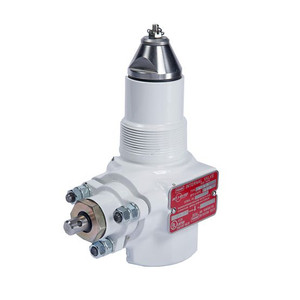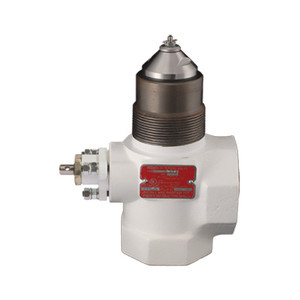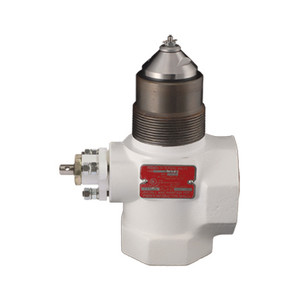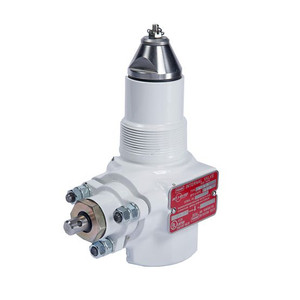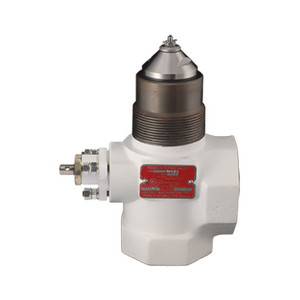Emerson Fisher's C477G Series (Straight Through Body) Jet Bleed Internal Valve is the most compact and economical unit in the series. The C477G Series has one bottom outlet.
These valves are typically used on the inlets and outlets of bobtail and transport trucks and on large stationary storage tanks. They can also be installed in-line. Designed for propane, butane, or NH3 at ambient temperatures, the valves can be used on other compressed gases, but the user should check with the factory to make sure the valves are suitable for the particular service.
Note: This model has a stainless steel straight body with low temperature nitrile trim.
Features
- Patented Rapid Equalization Bleed Area
- Unique Serviceability Features
- Excess Flow Closure
- Back Check Feature
- Spring loaded polytetrafluoroethylene (PTFE) stub shaft packing
- PTFE wear pads Rulon® Bushings at critical wear points
- Manual, Cable, or Air Open/Close valve actuators
- Thermal Fusible links or plugs melt at 212 to 220°F / 100 to 104°C and allow valve closure in the event of a fire at the valve
Specifications
- Series: C477G
- Type: Straight-Thru Body
- Inlet: 2 in. MNPT
- Outlet: 2 in. FNPT
- Body Material: Stainless Steel with Low Temperature Nitrile Trim
- Closing Flow: 250GPM
- Maximum Allowable Inlet Pressure: 400 psig / 27.6 bar WOG
- Temperature Capabilities: -20° to 150°F (-29° to 66°C)
- Certifications: UL, CRN
Warning
Warning: Failure to follow these instructions or to properly install and maintain this equipment could result in an explosion and/or fire causing property damage and personal injury or death. Fisher® equipment must be installed, operated and maintained in accordance with federal, state and local codes and Emerson Process Management Regulator Technologies, Inc. (Emerson™) instructions. The installation in most states must also comply with NFPA No. 58 and ANSI Standard K61.1. Only personnel trained in the proper procedures, codes, standards and regulations of the LP-Gas industry should install and service this equipment. The internal valve must be closed except during product transfer. A line break downstream of a pump may not actuate the excess flow valve. If any break occurs in the system or if the excess flow valve closes, the system should be shut down immediately.





